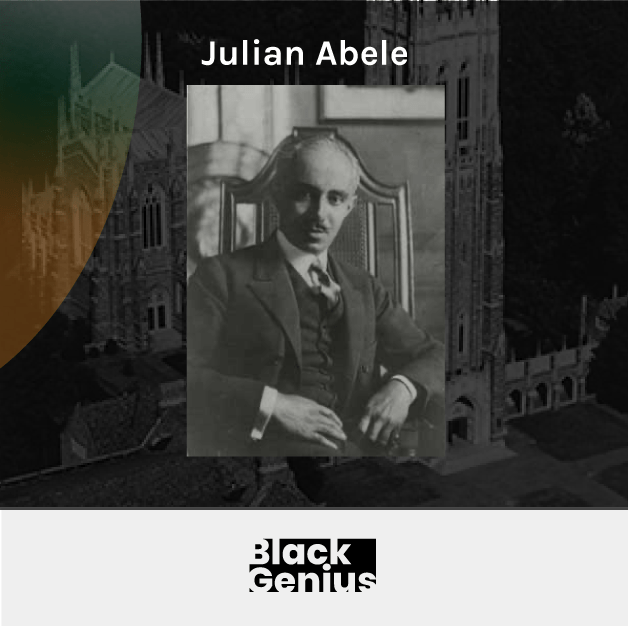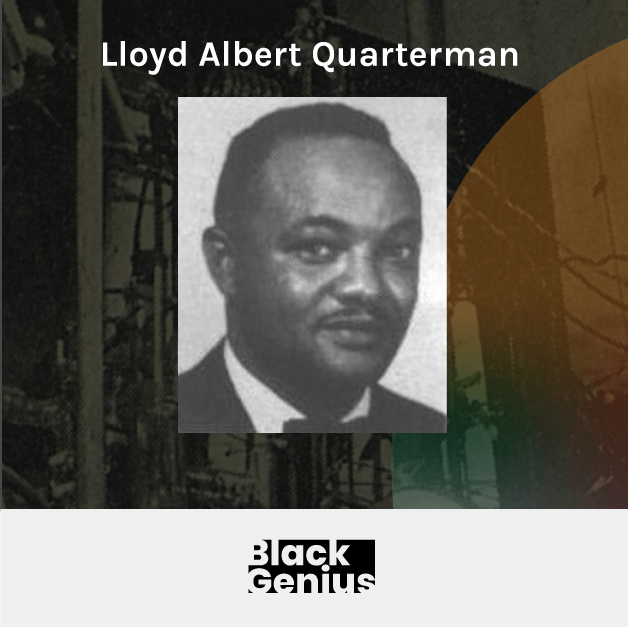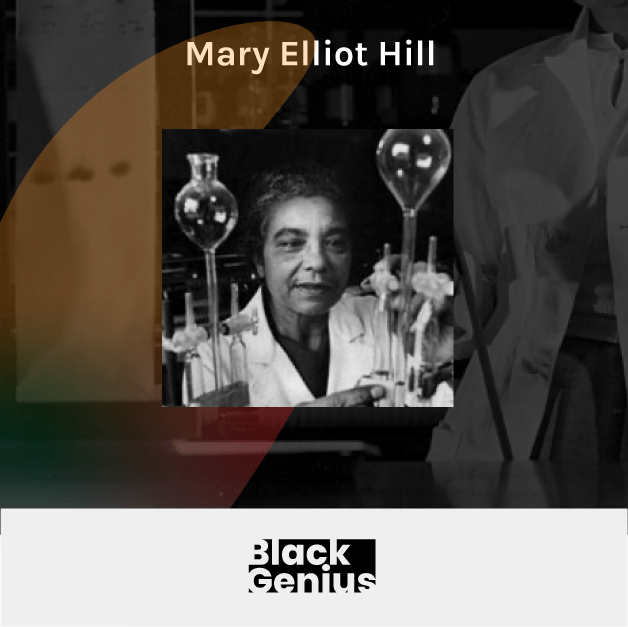

In celebration of Black History Month, #BlackGenius highlights Black excellence from our region’s past, present and future. This series aims to amplify and accelerate our Black communities that have shaped the contributions of a successful and diverse region that people know today as the Research Triangle. This week, we bring you a short list of notable Black inventors and leaders with ties to the Triangle.

Julian Francis Abele was the architect and designer behind Duke University’s iconic Gothic-style West Campus, encompassing 30 buildings, including the renowned Duke Chapel and Cameron Indoor Stadium, home of Duke Basketball. Abele was the chief designer of Horace Trumbauer of Philadelphia, the firm tasked to design Duke’s two new campuses during its transition from Trinity College to university. Abele studied at the Pennsylvania Museum and School of Industrial Arts in 1898, the University of Pennsylvania in 1902, and the Pennsylvania Academy of Fine Arts in 1903; he was the first Black architect to earn a certificate or degree in those institutions.
Lloyd Albert Quarterman was a chemist who worked on the Manhattan Project, where he designed and built a special distillation system to purify large amounts of hydrogen fluoride. His role in the project was crucial in the separation of Uranium isotope U-235. Quarterman earned a bachelor’s degree in chemistry from St. Augustine’s College in 1943.


Mary Elliot Hill was an organic and analytical chemist born in North Carolina, known for being one of the earliest Black women to become a chemist. Receiving a chemistry degree in 1941, Hill’s work focused on ketene synthesis, which contributed to the development of plastics. She attended and taught at Virginia State University, formerly Virginia State College for Negroes, and later at Kentucky State University, where she served as head of the chemistry department.
Aaron McDuffie Moore, M.D. was Durham’s first Black physician, known for his work within the Hayti community, and founded Lincoln Hospital, a medical facility that served Black patients during racial segregation. Moore, with John Merrick, played a crucial role in the success of North Carolina Mutual Life, which became the largest black-owned business in the country. Moore attended Shaw University in 1885.


John Merrick founded and served as the first president of North Carolina Mutual Life, which became the largest and oldest black-owned insurance company in the nation. Ultimately, this institution became the catalyst for Durham’s Black Wall Street, a vibrant and successful hub of Black-owned businesses that put Durham on the map in the late 1800s and early 1900s. Born into slavery, Merrick learned to read and write at a Reconstructionist school and became a successful entrepreneur and later as a business mogul and philanthropist.
Ronald McNair was a physicist, NASA astronaut, and one of the first three Black astronauts to be selected into the program. He was the second Black astronaut to take a space flight and belonged to the 1986 Space Shuttle Challenger crew. McNair received a bachelor’s degree in physics from North Carolina A&T State University.
